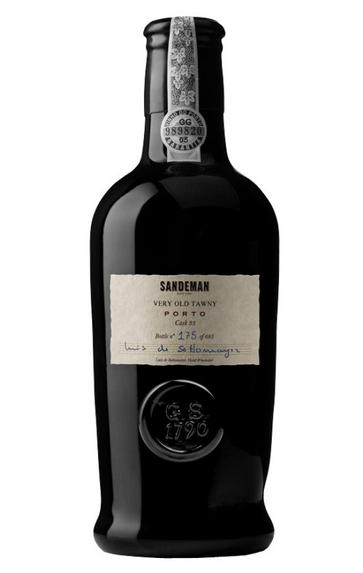
About this WINE
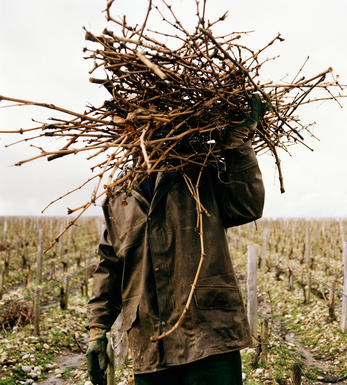
Sandeman
Founded by an adventurous Scotsman, George, in 1790, Sandeman's went on to become one of the most well-recognised brands in the world. The Sandeman family ran the company with great success until it went public in 1952. Since then it has been part of the drinks company with its own uncertain future, Seagram.
A really fine vintage port from Sandeman, and this would most likely be pre-1980s, shows wonderful elegance and will have aged as well as any.
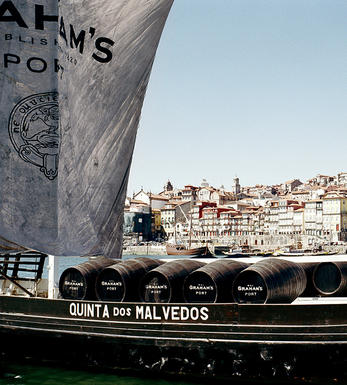
Vintage Port
Vintage Port accounts for only a small percentage of the total Port production - which includes Tawny, Ruby, Late Bottled Vintage, Single Quinta Vintage styles, among others - but is the finest, longest-lived and most expensive style that is produced. The best are as good as any wine in existence.
With the exception of legendary vineyards like Quinta do Noval Nacional and Quinta do Vesuvio, Vintage Port is made from a blend of wines from a producer's finest plots. It is aged for around 18 months in wooden casks before bottling; from then on the watch-word is patience. At least 15 years ageing – and for the top wines it will be significantly longer – is required before the tannins, spirit and fruit are fully integrated. Indeed, the finest examples can last well over 50 years.
Vintage Port is only made in exceptional years (normally around three times per decade) with considerable stylistic variation between different years and shippers. However, they all share a sweet, warming, spicy richness, power and complexity. In other good but not great vintages, many shippers produce a Single Quinta Vintage Port from their finest vineyard. These are made in the same way and have the same style as Vintage Port but tend to mature faster and are less profound. All Vintage Port throws a sediment as it matures, and thus requires decanting.
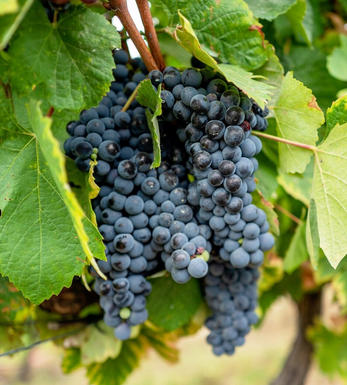
Port Blend
There are around 40 different grape varieties permitted in the production of Port - however the vast majority of Ports are produced from a blend of 5 grapes - Touriga Nacional, Touriga Francesca, Tinta Barroca, Tinta Roriz, and Tinto Cão.
Touriga Nacional produces small, dark-skinned grapes that produce opaque black wines of great extract and high tannins - it gives grip, body, and structure to the blend.
Touriga Franca has a thinner skin and consequently produces wines lighter in colour and tannins than Touriga Nacional. It contributes fruit, aroma, suppleness and roundness.
Tinta Roriz is the Portuguese name for Tempranillo and its high sugar content and low acidity contribute colour and fruit.
Tinta Barroca which is normally grown at highish altitudes and on north-facing slopes, is prized for producing wines of delicacy, finesse and with smooth, velvety fruit. It brings elegance and sweet, ripe fruit to the final blend.
Finally Tinto Cão produces fine and complex wines, though it is probably the least important of the 5 grapes as its painfully small yields have reduced plantings to almost insignificant levels.


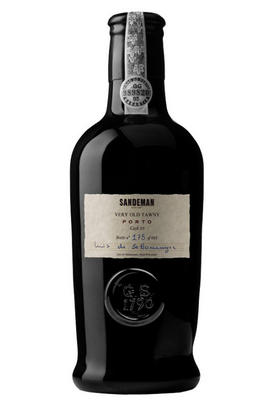
Buying options
Add to wishlist
Description
Chief winemaker, Luis De Sottomayor, explained that this single cask is one of 40 such barrels with an average age of 50 years that Sandeman use for topping-up the 30 and 40 year old Tawnies. The temptation to bottle-up each of these barrels must be very great indeed. But, without them, how would future 30 and 40 year old releases taste? In this case Cask 33 proved just too good to resist. Only 635 litres of this nectar will be released in anticipation of this venerable producer’s 225th anniversary. The beautiful and authentic bottle (and we compared it to a contemporary bottle in our collection here), does justice to the staggeringly complex tawny contained within. One sip wasn’t enough and my note from my first encounter reads as follows: Floral, liquorice, notably honeyed. Excellent mid-palate weight. Super concentrated, hugely complex, and very, very long.
Demetri Walters MW, Private Wine Events Manager
wine at a glance
Delivery and quality guarantee